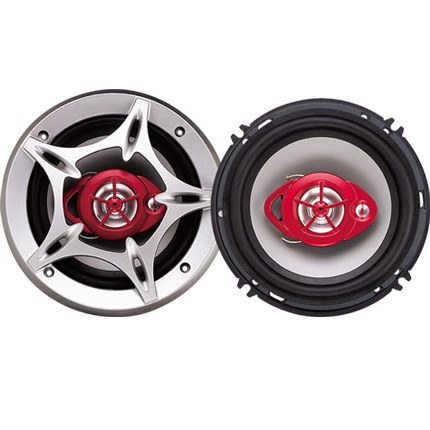Understanding the Role of the Clutch Master Cylinder in Vehicle Performance and Maintenance
Understanding the Clutch Master Cylinder Line Function and Importance
The clutch system in a vehicle is a critical component that facilitates smooth gear transitions, thereby enabling better control and efficiency during driving. At the heart of this system lies the clutch master cylinder line, which plays a pivotal role in hydraulic clutch operation. This article delves into the function of the clutch master cylinder line, its components, and the importance of maintaining it for optimal vehicle performance.
What is the Clutch Master Cylinder?
The clutch master cylinder is a hydraulic component that converts the mechanical force exerted by the driver's foot on the clutch pedal into hydraulic pressure. This pressure is transmitted through the hydraulic system to the clutch release mechanism, allowing the driver to disengage the engine from the transmission smoothly. The clutch master cylinder is typically filled with brake fluid, which is essential for creating the necessary hydraulic pressure.
The Role of the Clutch Master Cylinder Line
The clutch master cylinder line, often referred to as the hydraulic line or fluid line, connects the master cylinder to the clutch slave cylinder. It serves as the pathway for the hydraulic fluid, conveying the pressure generated by the master cylinder to the slave cylinder. This transmission of pressure is crucial for the proper functioning of the clutch mechanism. When the clutch pedal is pressed, the master cylinder forces brake fluid through this line, which then activates the slave cylinder to disengage the clutch.
Components of the Clutch Master Cylinder Line
The clutch master cylinder line comprises several essential components
1. Hydraulic Line This hose or tube carries the hydraulic fluid from the master to the slave cylinder. It is designed to withstand high pressure and is typically made from durable materials that resist wear and tear. 2. Fittings and Connectors These components secure the hydraulic line to both the master and slave cylinders, ensuring a tight and leak-free connection.
clutch master cylinder line

3. Reservoir The master cylinder includes a fluid reservoir to keep the brake fluid at the appropriate level. The fluid should be maintained regularly to prevent air from entering the system, which can lead to reduced effectiveness.
4. Clutch Slave Cylinder This component receives the hydraulic pressure from the master cylinder line and converts it back into mechanical motion to disengage the clutch.
Importance of Maintenance
Proper maintenance of the clutch master cylinder line is crucial for several reasons
- Preventing Leaks A worn-out or damaged hydraulic line can develop leaks, leading to a loss of hydraulic fluid. This loss diminishes the system's ability to disengage the clutch, resulting in difficulty shifting gears.
- Ensuring Responsiveness The responsiveness of the clutch is directly related to the integrity of the hydraulic system. Any air trapped in the line or degradation of the fluid can cause lag in operation, negatively affecting driving performance.
- Extending Lifespan Regular inspection and maintenance can extend the lifespan of the clutch system overall. This includes checking for signs of wear on the hydraulic line, ensuring that all connections are secure, and replacing the fluid as needed.
Conclusion
In summary, the clutch master cylinder line is a vital component of a vehicle's clutch system. Understanding its function and importance can help drivers appreciate the complexities of their vehicles and the significance of regular maintenance. By ensuring the hydraulic system operates efficiently, drivers can enjoy smooth gear transitions, enhanced vehicle control, and ultimately a safer driving experience. As with all vehicle components, attention to the clutch master cylinder line can prevent costly repairs and ensure a reliable mode of transport.
-
Upgrade Your Vehicle with High-Quality Handbrake CablesNewsNov.01,2024
-
Optimize Your Bike's Performance with Quality CablesNewsNov.01,2024
-
Enhance Your Vehicle's Performance with Quality Clutch ComponentsNewsNov.01,2024
-
Elevate Your Vehicle's Performance with Quality Throttle CablesNewsNov.01,2024
-
Elevate Your Vehicle's Performance with Quality CablesNewsNov.01,2024
-
Affordable Solutions for Your Cable NeedsNewsNov.01,2024
